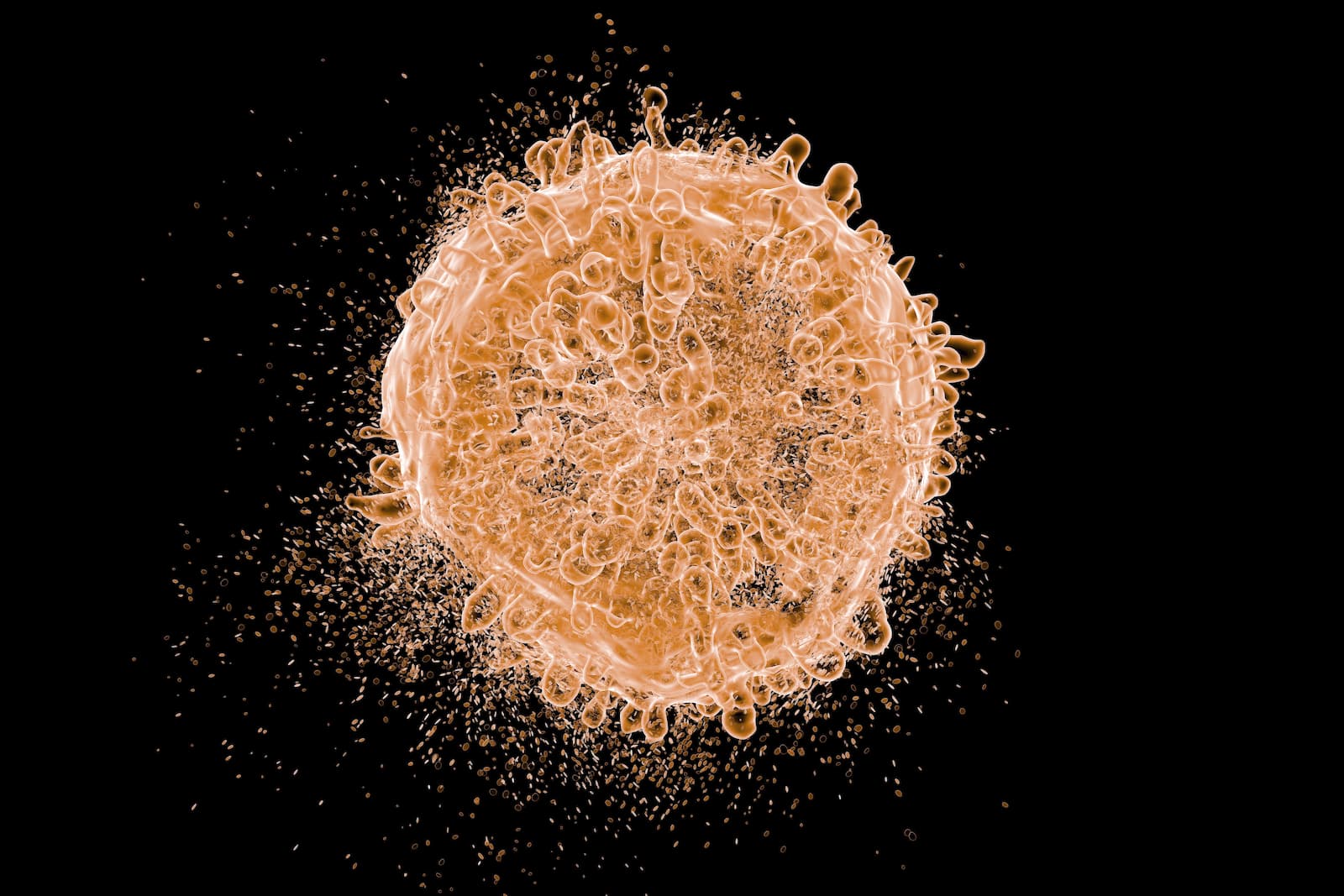BTK Degrader BGB-16673 Earns FDA Fast Track Status in Pretreated CLL/SLL
Phase 1/2 data support the fast track designation for BGB-16673 as a therapy for patients with relapsed/refractory chronic lymphocytic leukemia.
Supporting data for the designation came from the phase 1/2 CaDAnCe-101 or BGB-16673-101 trial (NCT05006716) assessing treatment with BGB-16673 in adult patients with relapsed/refractory B-cell malignancies.

The FDA has granted fast track designation to the orally available Bruton’s tyrosine kinase (BTK) inhibitor chimeric degradation activation compound (CDAC) BGB-16673 for adults with relapsed/refractory chronic lymphocytic leukemia (CLL) or small lymphocytic lymphoma (SLL) following 2 or more prior lines of treatment including a BTK inhibitor and a BCL2 inhibitor, according to a press release from the developer, BeiGene, Ltd.1
Developers designed BGB-16673 to facilitate the degradation of wild-type or mutant forms of BTK. These markers include those commonly associated with resistance to BTK inhibitors in patients with disease progression.
“When disease progression for patients on BTK inhibitors occurs, there is a need for BTK-targeting agents with a different mode of action given the centrality of this pathway in CLL/SLL. BTK-protein degradation with our BTK CDAC (BGB-16673) may address this unmet need,” Mehrdad Mobasher, MD, MPH, chief medical officer of Hematology at BeiGene, said in the press release.1 “The FDA’s fast track designation supports our goal of efficiently developing BGB-16673 for these patients, the first investigational drug from our CDAC platform. We believe BGB-16673 strengthens our hematology leadership and complements zanubrutinib [Brukinsa], the backbone for our investigational hematology pipeline.”
Supporting data for the designation came from the phase 1/2 CaDAnCe-101 or BGB-16673-101 trial (NCT05006716) assessing treatment with BGB-16673 in adult patients with relapsed/refractory B-cell malignancies. Investigators presented updated findings from this trial at the 2024 European Hematology Association (EHA) Congress.2
Among evaluable patients with CLL/SLL, treatment with the investigational agent elicited an overall response rate (ORR) of 72% (n = 31/43). Additionally, the disease control rate (DCR) was 88% (n = 38/43), and the median time to first response was 2.8 months (range, 2.6-6.2). Of note, the ORR for patients who received the agent at 200 mg was 88% (n = 14/16), which included complete responses (CRs) in 13% (n = 2/16).
Data showed that the ORR was comparable across patient subgroups, which included those with prior receipt of covalent BTK inhibitors plus BCL2 inhibitors (70%), 17p deletions or TP53 mutations (68%), and complex karyotype (67%). Investigators also reported responses in those with disease harboring C481S, T474I, and/or L528S BTK mutations and those with PLCG2 mutations.
Any-grade and grade 3 or higher treatment-emergent adverse effects (TEAEs) occurred in 61% and 55% of patients, respectively. Investigators observed 1 dose-limiting toxicity in the 200-mg cohort due to grade 3 maculopapular rash. There were 3 TEAEs that resulted in death; none of these toxicities appeared to be associated with BGB-16673.
Frequent any-grade AEs included fatigue (33%), contusion (29%), anemia (22%), diarrhea (22%), decreased neutrophil counts (22%), and pneumonia (16%). Common grade 3 or higher AEs included neutrophil count decreases (20%) and pneumonia (12%).
“In results from this ongoing first-in-human study, the novel BTK degrader BGB-16673 showed a generally well-tolerated safety profile in this heavily pretreated CLL population,” Ricardo D. Parrondo, MD, a hematologist/oncologist from Mayo Clinic at Jacksonville, Florida, and coinvestigators wrote in a presentation on these data.2 “These data support the promising clinical activity of BGB-16673 in treatment of patients with CLL/SLL.”
In the dose-escalation portion of the CaDAnCe-101 trial, patients received BGB-16673 at doses ranging from 50 mg to 500 mg once daily as part of 28-day treatment cycles.
The trial’s primary end points in part 1 were safety and tolerability, maximum tolerated dose, and recommended phase 2 dose. Secondary end points in this portion included pharmacokinetics and preliminary antitumor activity.
Patients who met International Workshop CLL 2018 criteria for treatment were eligible for enrollment in the CLL/SLL cohort of the study. Additional requirements for study entry included having at least 2 prior lines of therapy, an ECOG performance status of 0 to 2, and adequate organ function.
References
- BeiGene’s BGB-16673 receives U.S. FDA fast track designation for CLL/SLL. News release. BeiGene, Ltd. August 26, 2024. Accessed August 26, 2024. https://tinyurl.com/5ahr3k4p
- Parrondo RD, Thompson MC, Frustaci AM, et al. Preliminary efficacy and safety of the Bruton Tyrosine Kinase degrader BGB-16673 in patients with relapsed or refractory CLL/SLL: results from the phase 1 BGB-16673-101 study. Presented at the 2024 European Hematology Association (EHA) Hybrid Congress; June 13-16, 2024; Madrid, Spain. Abstract S157.